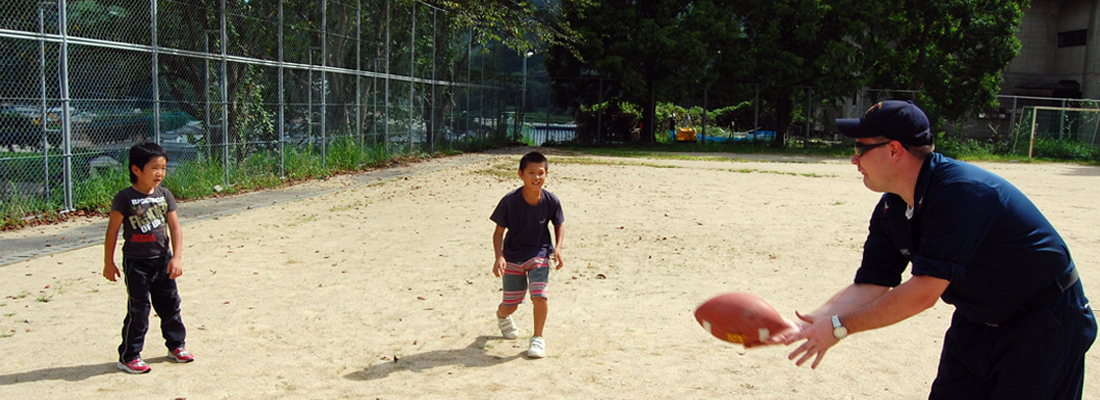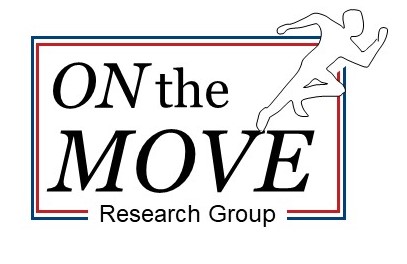About Us

....where do we come from?
The ability to move efficiently and safely is fundamental for an individual to live an independent and meaningful life. Investigating motor, biomechanical, and physiological constraints of movement leads to a better understanding of the underlying mechanisms of movement. This is particularly valuable for those who are not able to function optimally due to a developmental, chronic, or acute deficit/disorder. Research in this area must be built on a foundation of sound theoretical frameworks and models, which have explanatory and predictive powers, and will hopefully lead to a better understanding of the relevant mechanisms. Once these mechanisms are revealed, the process of rehabilitation can be begin, utilizing strong motor learning and physiological models in the process of designing the program. The emphasis here is not only placed on learning of skills that were previously mastered, but also on those that are lost due to a medical condition. Also, the development of adaptive movement forms or capabilities, that are suitable given an individual's constraints, represents an important clinical goal.
Human movement is a complicated process. In order for the research to be comprehensive, it is necessary to merge the skill sets and knowledge of those from the fields of motor control and learning, physiology and exercise prescription, as well as biomechanics. Furthermore, the process must include health and rehabilitation professionals, biomedical engineers, computer scientists, and those in the field of robotics. In the typical research model, scientists generating the basic scientific knowledge of the psychological and neurological substrates of motor behavior are involved as adjunct members and consultants in the teams of scientists and engineers that are working towards specific applied goals. Although this approach has its advantages, it is our belief that the basic-to-applied scientific research process can benefit more from a centralized hub model. In its typical structure, the hub approach involves relatively independent research teams, potentially from different disciplines (e.g., biomechanics, motor behavior, physiology) working towards the same specific purposes. Though this approach does have limitations, an important advantage for a centralized unit is that it can provide a common platform to facilitate knowledge generation and transfer. This approach can result in more effective practical applications, impactful research outcomes and last but not least, more funding to train and develop students and young researchers.
Thus, the rationale for the "On the Move" Research Team is to foster greater efficiencies in knowledge generation and transfer. At the onset, the areas of motor behavior, biomechanics, and physiology will represent the core of the unit, in connection with the research and health professional involved in the front-line clinical work. It is envisioned that by providing a common meeting place and platform for basic and applied scientists, the group will help facilitate the transfer of knowledge among the disciplines and the development of new collaborations and breakthroughs in basic and applied science and engineering.

